Nissan continues with its product renewal onslaught, the average age of its wares now just 14 months. The latest to debut is amongst the most popular, the third-generation Qashqai, here in four grades initially, with two high-spec e-Power versions due late in January 2023.
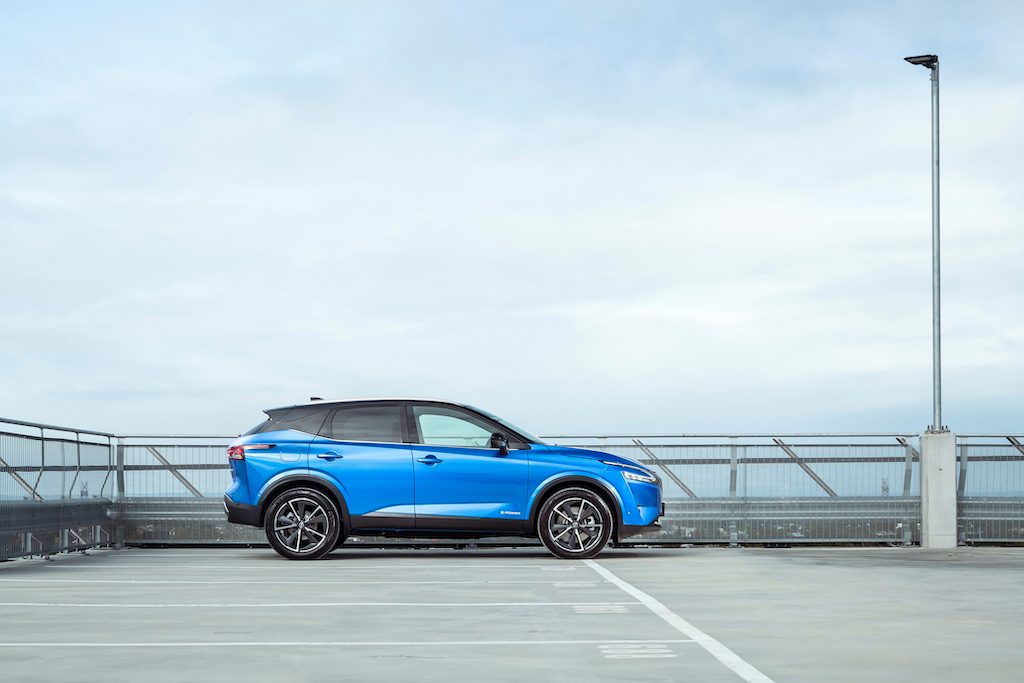
Qashqai is all new, just like X-TraiI, and no surprise there because they use a common platform and were engineered simultaneously. So if you’re thinking Qashqai looks a little like a compacted X-Trail, you’re not far off the mark. The major difference between them is a turbocharged versus naturally aspirated powertrain.
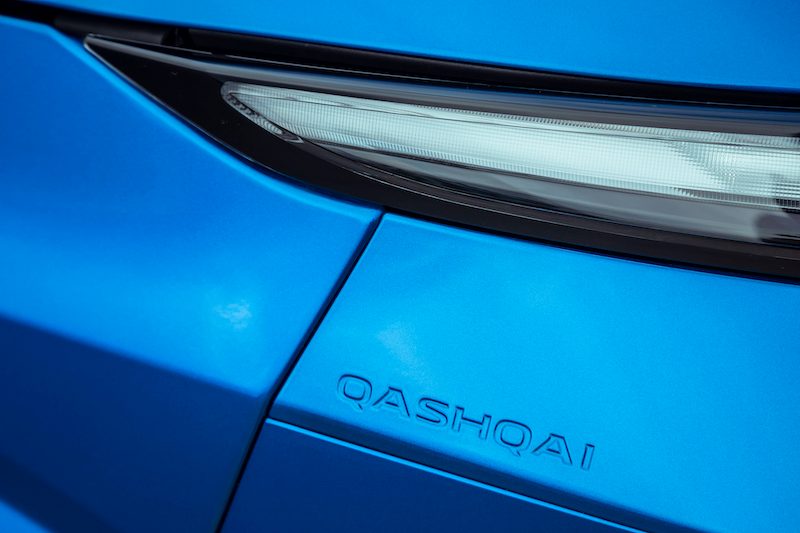
New QQ is bigger all round than its predecessor, so there’s more shoulder room up front (+28mm), and more legroom in the rear (+22mm). Length is out to 4425mm while width grows to 1835mm, amongst the broadest in class.
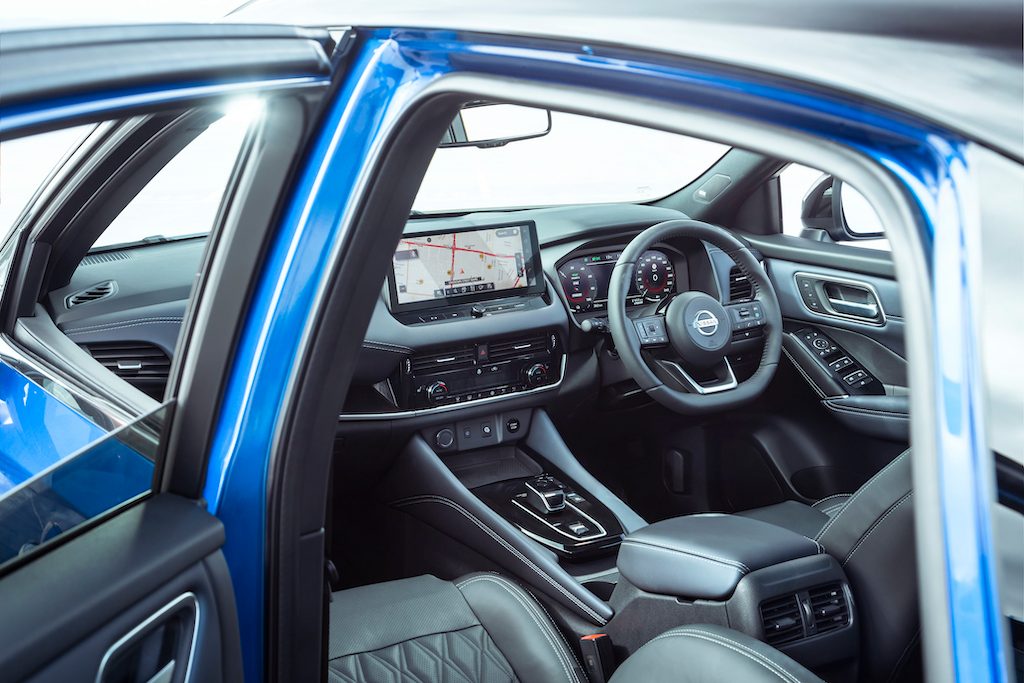
Nissan is aiming it at small families because it is a five-seater only and it inherits the handy 85 degree rear door openings of its bigger sib. Traditionally, this has appealed to empty nesters as well because of its practicality and compact size, ideal for a town runabout. QQ has traditionally been a female favourite too, so expect that to continue.
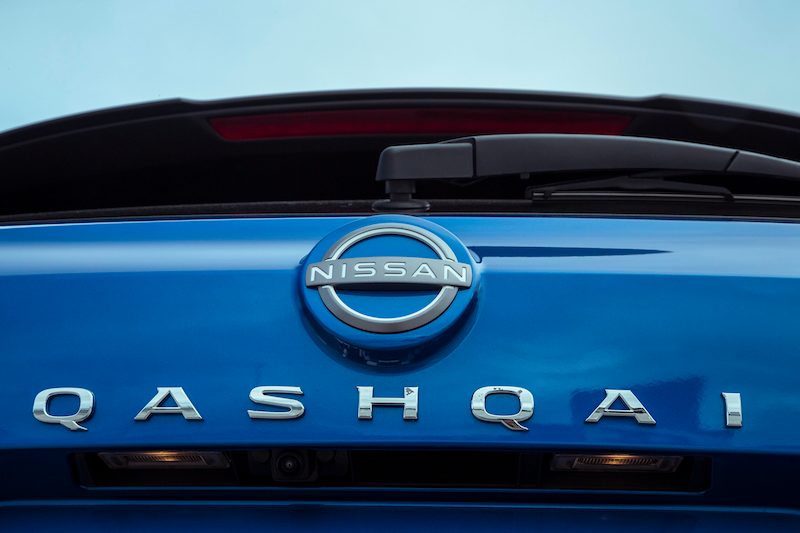
Luggage capacity remains a core attribute, the key figures being 429L, expanding with 60/40 split folding to 1524L. The Ti-L model features the “Divide-N-Hide” luggage storage system and a gesture-controlled power tailgate. Other luxury features in Ti models include a massage function for the powered leather seats, a panoramic sunroof with electric blind, 10-speaker Bose sound system, 10.8-inch widescreen head-up display, Qi charger, and heated seats and steering wheel. There’s also intelligent park assist that does the space math and wheel twirling for you.
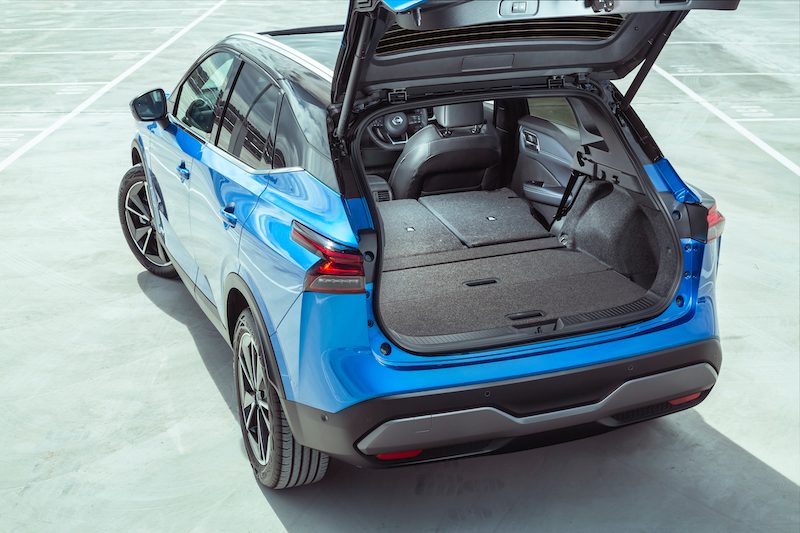
Qashqai arrived in 2006 when the crossover trend was just beginning, blending hatch and SUV characteristics to best effect. The concept took off and over five million have been sold globally in sixteen years. It has been a good seller for Nissan NZ too, rivalling X-Trail on the sales charts at times.
The latest example should also prove popular, given its bold new look, increased interior space, and new safety and infotainment specification. On the safety front, all models get copious amounts of gear, reflected in a strong ANCAP five-star rating recently. In the Safety Assist section, it achieved the second highest score ever recorded for collision avoidance strategies. That’s in part due to ProPilot that uses adaptive cruise, lane keeping and stop and go technology, allowing semi-autonomous highway driving. High scores were also recorded in protecting adults (91 per cent) and children (93 per cent) in various crash scenarios.
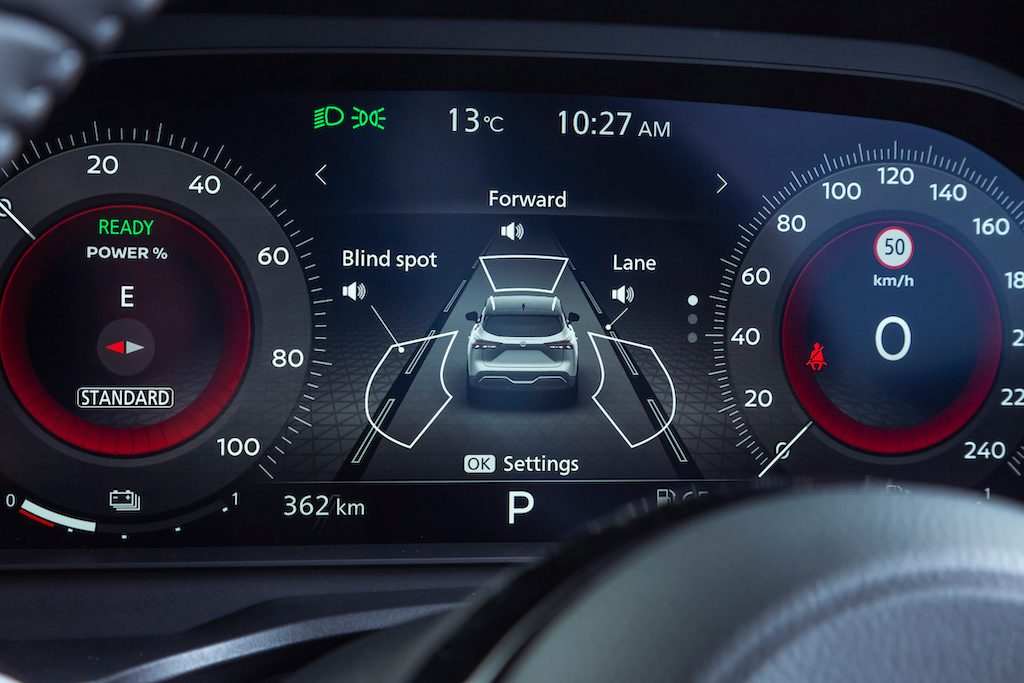
The comprehensive Nissan Intelligent Mobility safety systems apply to all vehicles, with a list of items as long as your arm. Ti and Ti-L models have the ProPilot system and head-up display.
Part of the safety performance stems from the new superstructure. This features the Alliance’s new CMF-C platform which makes much greater use of high strength steels so the body is 48 per cent stiffer, with gains in handling, refinement, weight and safety, as noted. In large part weight savings (a claimed 65kg for the body in white) are through the use of aluminium for the hood, doors and fenders, while the fifth door is composed of composites. Just like for X-Trail then.
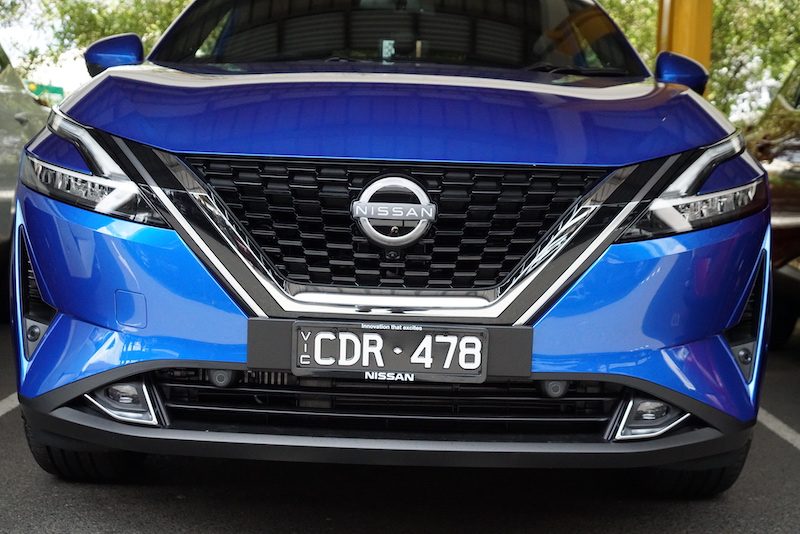
The styling reflects the new family form with the aero-enhanced front end, greater width, and bigger wheels, up to 19 inches. At the rear there’s no model designation, in line with other Nissan offerings these days. The four models consist of ST, ST-L, Ti and Ti-L.
Two e-Power Qashqai variants are arriving imminently and will be available in both Ti and Ti-L specification. They pack a 140kW/330Nm electric motor, and 1.5L IL3T with a claimed mean fuel use figure of 5.2L/100km (117g/km). The 0-100 time is quoted at 8.9sec for the ICE power models and 7.9sec for the e-Power hybrid pair. The petrol electrics add around $8k.
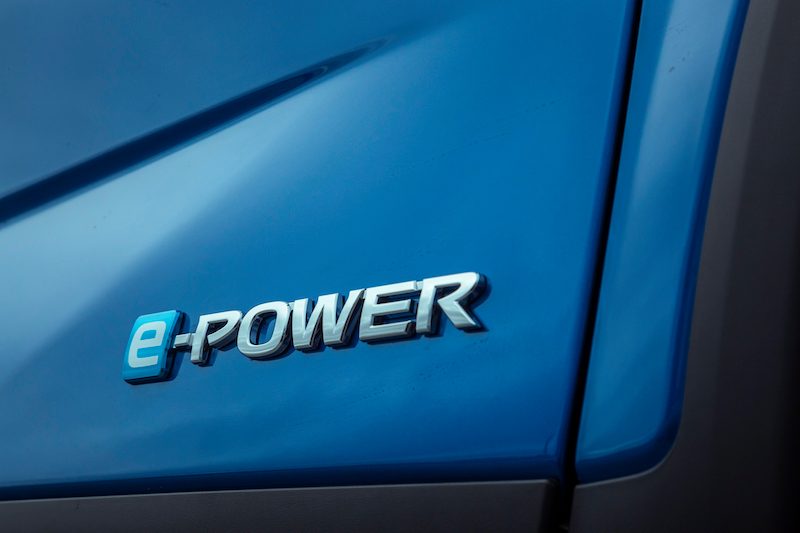
As to the business end of things, the powertrain is all new. A 1.3L turbo IL4 replaces the former 2.0L atmospheric mill. This generates an extra 4kW of power (110kW) and a handy 50Nm more torque (250Nm from 1600-3750rpm). Nissan claims a WLTP overall fuel use figure of 6.1L/100km versus 6.9 for its predecessor. The CVT remains but it has been completely reconfigured, for improved efficiency and performance. This and the added chassis rigidity also benefit braked towing capacity, now out by 300kg to 1500kg.
Paddle shifters are present while there’s a new Ds transmission setting. This is accessed by pulling back on the shift lever and sets the revs higher making the powertrain more responsive. That’s handy in something with a turbo. And the Ds system works regardless of which mode is selected, Eco, Standard or Sport. Underpinning it all is multilink rear suspension, with sway bars each end.
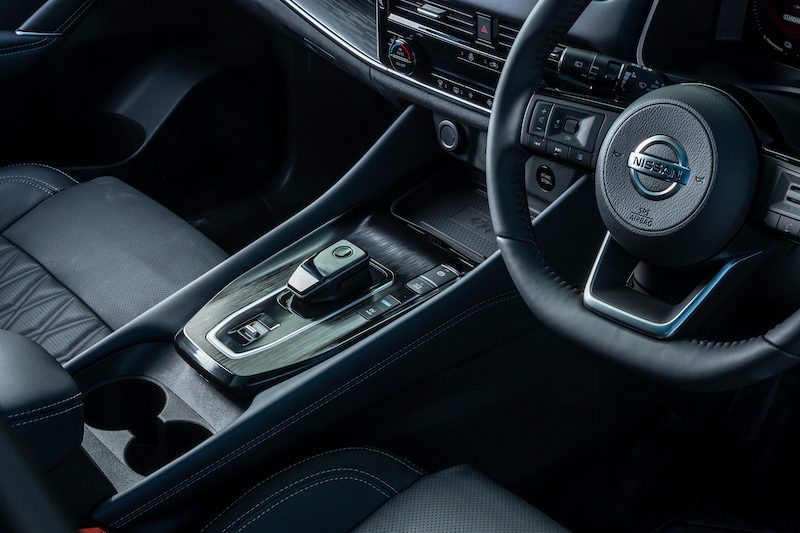
Special tech features should help stimulate sales, with most models getting a 12.3-inch high definition touchscreen that includes wireless Apple Carplay, wired AA. There’s also a 12.3-inch digital dash, with readouts for trip computer and driver assistance items etc between the dials. Dual zone air is new, and so too four USB outlets for device charging (two up front, two in the rear). There’s LED lighting across the range, the Ti-L with adaptive matrix headlights, while a floating two-tone roof is an option.
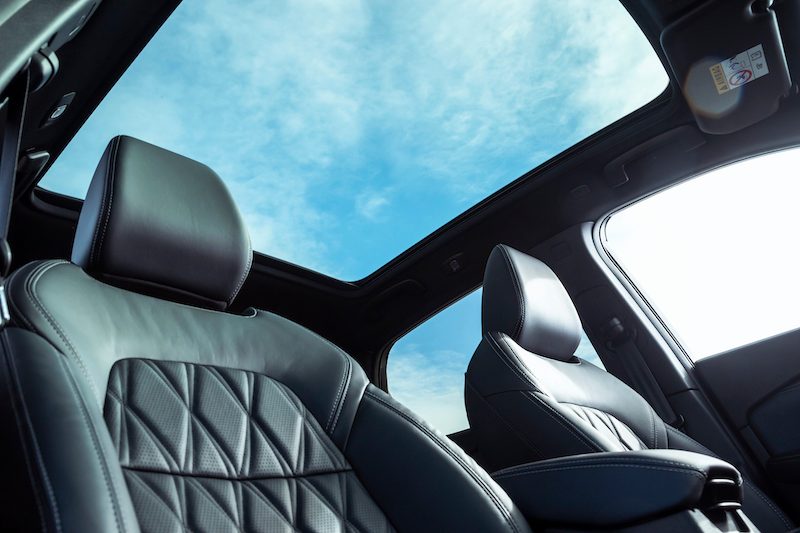
The interior in the Ti models we drove is lavish, with quilted leather upholstery in Ti-L and most modern conveniences, right down to heated wheel and seat massage function. The digital dash is appealing, while the head-up display is amongst the biggest around.
Unfortunately, our driving impressions are embargoed until January 12, so check back then to see just how this goes.
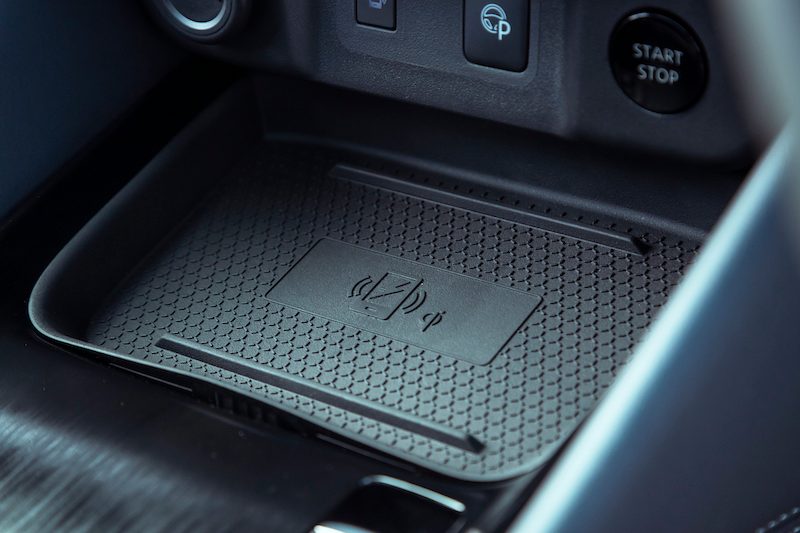
With progress comes price rises, up by $8K-$10k. These four initial models are available now costing between $45,990 and $56,990, while e-Power variants are inbound (Ti $59,990 and Ti-L $64,990). Those who don’t need the added room or seats or AWD of X-Trail might well find this more compact offering just about right.


